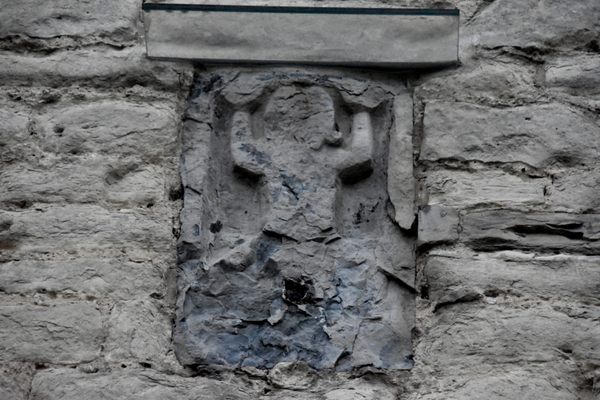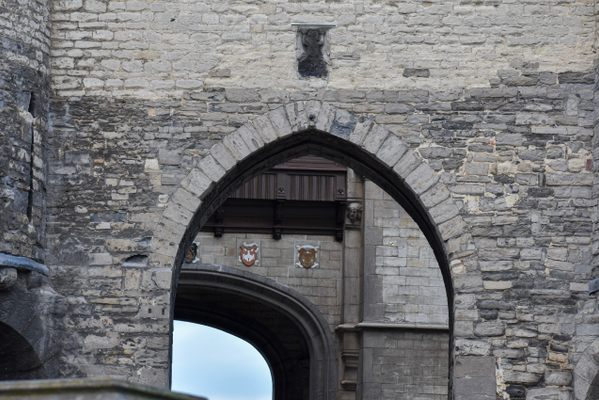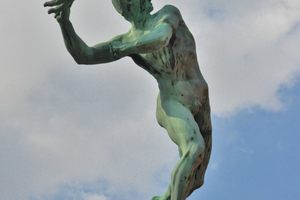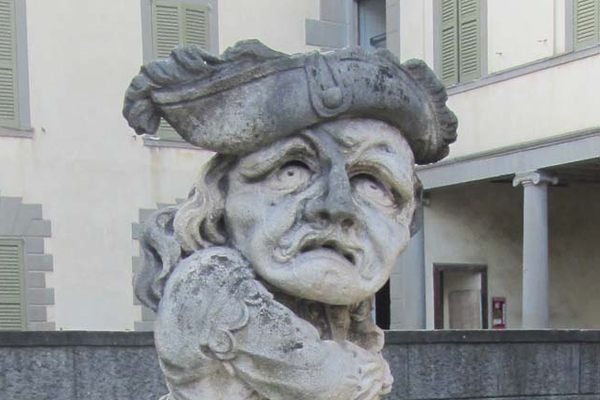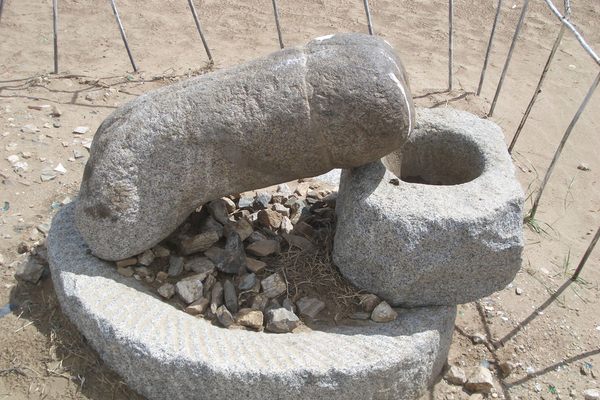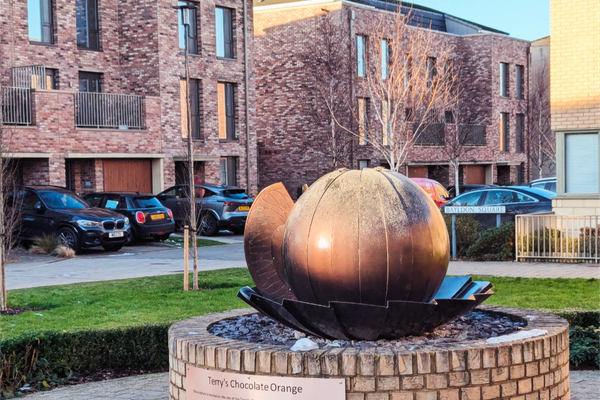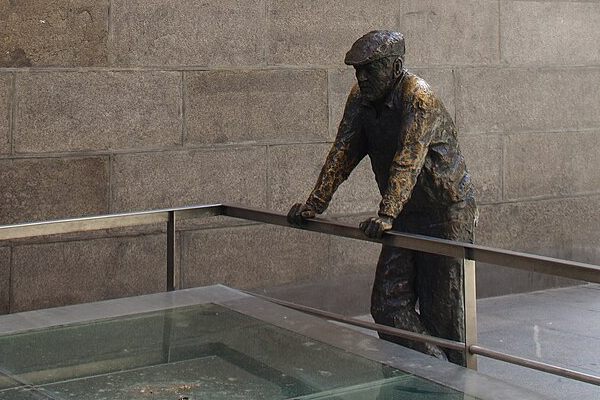About
Above the gate leading into an Antwerp castle lies a bas-relief so worn it's easy to dismiss it. But to do so would be to miss an important symbol to the city's citizens. Known as Semini, the sculpture is, according to some accounts, very old, dating back as early as the second century. It once had a huge phallus and women gathered around it to gaze and pray to conceive. In the 16th century, the local clergy came to find the well-endowed statue inappropriate and castrated the sculpture in 1587. Another story tells that women themselves ground the stone phallus to make fertility potions.
The truth behind this figure is nearly impossible to deduce since few historical records have survived to verify most of the stories. By now, the worn bas-relief looks nearly flat and you need a great deal of creative power to imagine its body parts.
The origin of this fertility symbol is also controversial. Some consider it to be a representation of Roman fertility god Priapus, while others claim it's a Norse or Celtic fertility figure. For the people of Antwerp, Semini is still a beloved little figure and they proudly call themselves Semini’s Children.
Related Tags
Know Before You Go
The sculpture is located on the front gate of the Het Steen castle. The fortress has been under renovation for quite some years, but the front gate and Semini can be observed from the street.
Published
July 27, 2020

